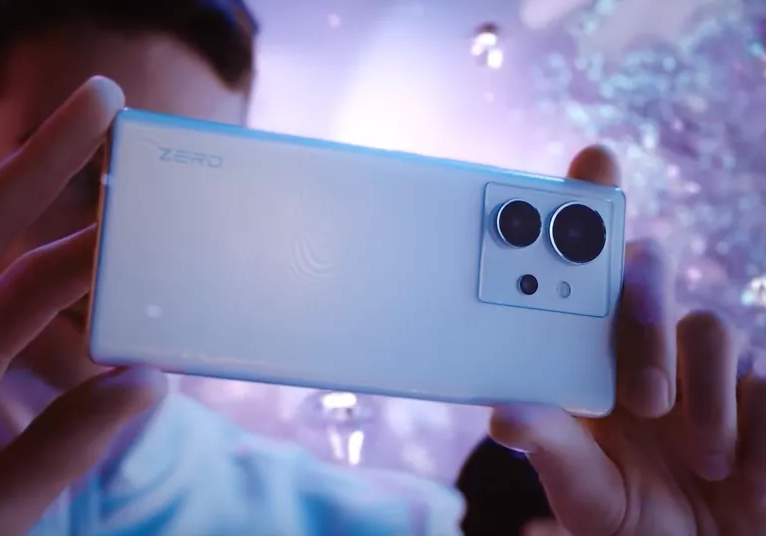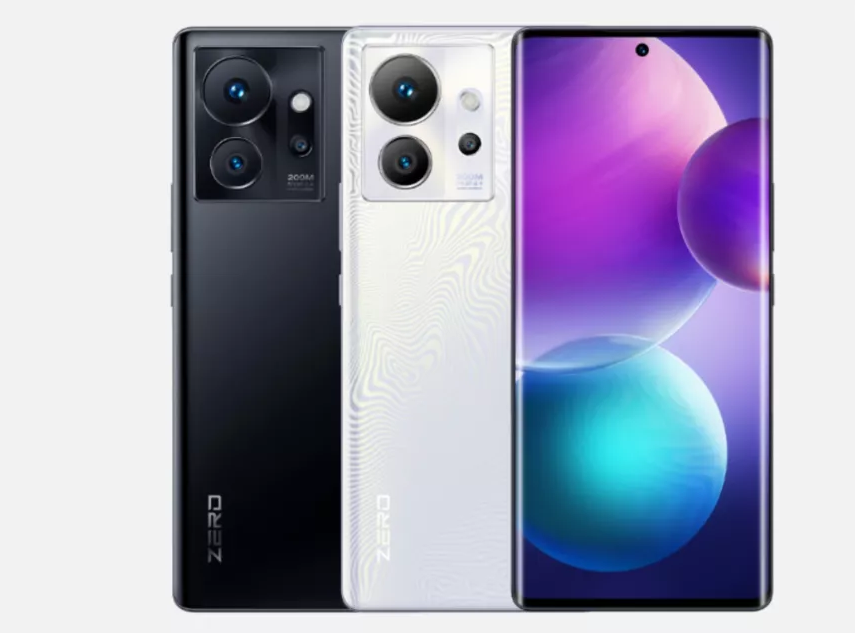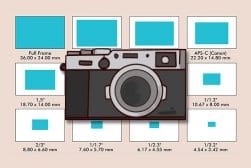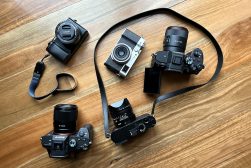
200 Megapixels as the New Standard? Meet the Infinix Zero Ultra
News | By Stephan Jukic | October 30, 2022
The latest smartphone to be released with a whopping 200Mp of camera resolution is the Infinix Zero Ultra. It promises a lot, but how much will it deliver?
Phone camera sensors have promised major resolution upgrades for years now thanks to ever more miniaturized manufacturing for their internal pixel arrays.
This has led to one-up competition among phone makers in which steadily larger megapixel ranges keep being promised.
One of the latest contenders in this space is the Infinix Zero Ultra, which claims to offer a 200MP main camera that puts it in the same class as Motorola’s Edge 30 ultra and Xioami’s 12 Pro.
It also happens to include a 180W thunder charge capacity that lets it fully reload its 4500mAh battery in 12 minutes and a 71-degree waterfall screen.
The new phone from the Hong Kong-based smartphone maker Infinix comes with lots of other powerful specs. These include the aforementioned turbocharging capacity, the incredibly large camera resolution and a curved 71-degree “waterfall” 6.8-inch AMOLED screen that delivers Full HD+ resolution.
Other features in this phone also include a 360Hz touch sampling rate and an in-display fingerprint sensor.
Internally, the phone features a MediaTek Dimensity 920 CPU 8GB of RAM, and 256GB internal storage that can be further expanded with a built-in microSD slot.
The Infinix Zero Ultra runs on Android 12 and overlays Infinix’s own XOS12 interface over the Android OS.
Moving back to its camera specs, however, what we have is a seemingly incredible 200MP powerhouse of photographic resolution. This is further boosted by a 13MP ultrawide camera and a 2MP macro camera.
Then there’s the front-facing selfie camera, which itself sports 32MP of resolution that seemingly matches what some of today’s best APS-C and full-frame mirrorless cameras can manage.
So how are these resolutions possible then? Well, there’s a catch. Here’s a quick breakdown before you get too excited.
The main thing about all smartphone camera sensors is that they have to be extremely small compared to their counterparts in normal-sized standalone cameras of nearly any kind. Because of this, their sensors are by simple necessity also physically very tiny.
As a result, the individual pixels that make up the megapixel specs of these phones are usually much, much smaller than the individual pixels found in a standalone camera.
To give you an example of what we mean, the average full-frame mirrorless camera or DSLR will have individual pixels with a size of 6.9 to 8.4 (or larger) µm. That little symbol stands for microns, which are 0.00004 of an inch across.
In a large-resolution smartphone camera such as that of the Infinix Zero Ultra, the individual pixels on that 200MP sensor are each just 0.64µm across. This is more than 10 times smaller than the 8.4 µm of an average DSLR or mirrorless camera.
Then there’s pixel binning. In most large-resolution phone cameras this is when anywhere from 4 to 9 (or more) pixels are grouped together to form the equivalent of a single super-pixel. However, even this super-pixel is still pretty small, often being no larger than 1.6 to 2.4 µm.

On top of this, computerized processing technologies are used to further “boost” image quality for a given photo.
Despite all of these tricks, the final result in a phone camera is an image that usually falls far short of what the natural light-absorbing sharpness of a standalone camera’s much larger pixels can achieve by itself.
Because of pixel-binning, a phone camera with a super-sized resolution is in reality usually only equivalent to something more like a 12MP camera sensor resolution.
One example of this is the Samsung Galaxy S20 Ultra. Its main camera offers 108MP of pixels that in reality are individually sized at 0.8µm.
It then uses a 9:1 ratio for binning together 9 of these little pixels to form a single superpixel that amounts to about 2.4µm. The end result is a “108MP” camera resolution that’s really just 12MP in practice.
With all that said, the Infinix Zero Ultra definitely seems like a smartphone that’s worth appreciating for the quality of its camera specs, as a smartphone.
Nonetheless, these specs shouldn’t be taken at face value in comparison with the results you can expect from any high-quality camera sensor.

Check out these 8 essential tools to help you succeed as a professional photographer.
Includes limited-time discounts.











